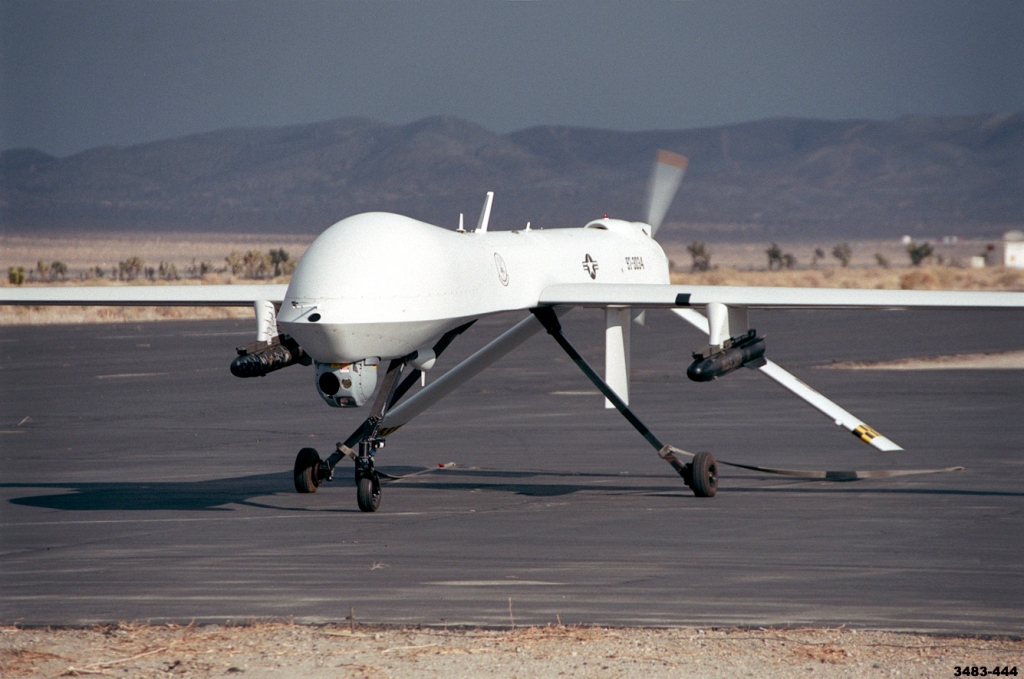
The Transfer Of Authority of the QRA (Quick Reaction Alert) to the F-35 ended the F-16’s mission after 42 years.
On Jan. 6, 2022, the Royal Norwegian Air Force F-35A Lightning II officially took over the Quick Reaction Alert (QRA) mission in Norway from the F-16 fleet.
The formal TOA (Transfer Of Authority) from the F-16AM/BM to the F-35A took place at Evenes Air Base in northern Norway, further north of Bodø air base, that has hosted the QRA cell until now. Evenes will be the RNoAF’s most important base in the north, as an advanced base for the F-35 fleet as well as the main operating base for the P-8 maritime surveillance aircraft.
At Evenes, the RNoAF also has an air defense battalion and a base defense squadron that together will protect the airport. In addition, a number of support functions have been established at Evenes: by 2025, about 500 employees and 300 conscripts will work at the base.

As highlighted by NATO in a public statement, the TOA marked a historical milestone for the Norwegian Armed Forces and the Royal Norwegian Air Force, as it ended the F-16 fleet’s 42 year-long mission serving Norway and NATO. While not on a 24/7/365 basis, the Norwegian F-35A were already taking part in the QRA mission.
The formal transfer of authority from F-16 to F-35 took place at Evenes Air Base in northern🇳🇴. If any unknown aircraft come close to🇳🇴and NATO airspace, the F-35s are scrambled. Then they find, observe and escort any unknown aircraft.
Read more: https://t.co/KL50rnQA0N pic.twitter.com/hYe97s12pZ
— NATO Air Command (@NATO_AIRCOM) January 6, 2022
The first Norwegian F-35 landed in Norway at Ørland Air Station in November 2017. Work started immediately with operational testing and evaluation, to be ready to be able to stand on QRA from Evenes in 2022. The Norwegian F-35As achieved the IOC (Initial Operational Capability) on November 6, 2019, becoming the third European country to reach IOC with the F-35 after Italy and the UK. Since then, the Lightning have carried out two deployments in support of Icelandic Air Policing in Iceland (in 2020 and 2021), as well as domestic QRA from Ørland Air Station.
Full Operational Capability is expected to be achieved in 2025, with a fleet of 52 F-35A.
As already explained multiple times here at The Aviationist, Norwegian F-35s are unique compared to other nations’ F-35s as they are the only ones at the moment to use a drag chute during landing, housed in a special fairing on the upper rear fuselage between the vertical tails. The drag chute was installed so that it can be used to rapidly decelerate Norwegian F-35s after landing on icy runways under windy conditions. Indeed, the TOA ceremony on Jan. 6, 2022, at Evenes airport had to be shortened because of the heavy snowfall with little visibility…
According to the official F35.com website, the pod “distinguishes Norwegian, Danish, Dutch and Belgian F-35As from other F-35s,” although the system is at the moment used only by the RNoAF jets.
The system is designed as a wing pylon so that the pod can be installed and removed with minimal time and effort. The pod contains the drag chute system that rapidly decelerates the F-35s after landing on the country’s short, icy runways. The pod is specifically designed to minimize effect on radar cross section and ensure the aircraft maintains stealth characteristics while flying.
Akin to the conventional parachute, the F-35 drag chute system is a device used to slow the motion of the F-35A and provide control and stability for pilots. The chute creates aerodynamic drag also known as air resistance. The F-35A drag chute uses the force of wind pushing in the opposite direction of the motion of the aircraft to safely land on short, wet and icy runways.
To deploy the chute, the pilot flips a switch up on the upper left side of the instrument panel. The switch activates hydraulic actuators that open the pod to release a Kevlar parachute. Once the aircraft is slowed sufficiently, the pilot flips the same switch down to release the drag chute as the aircraft comes to a stop.




